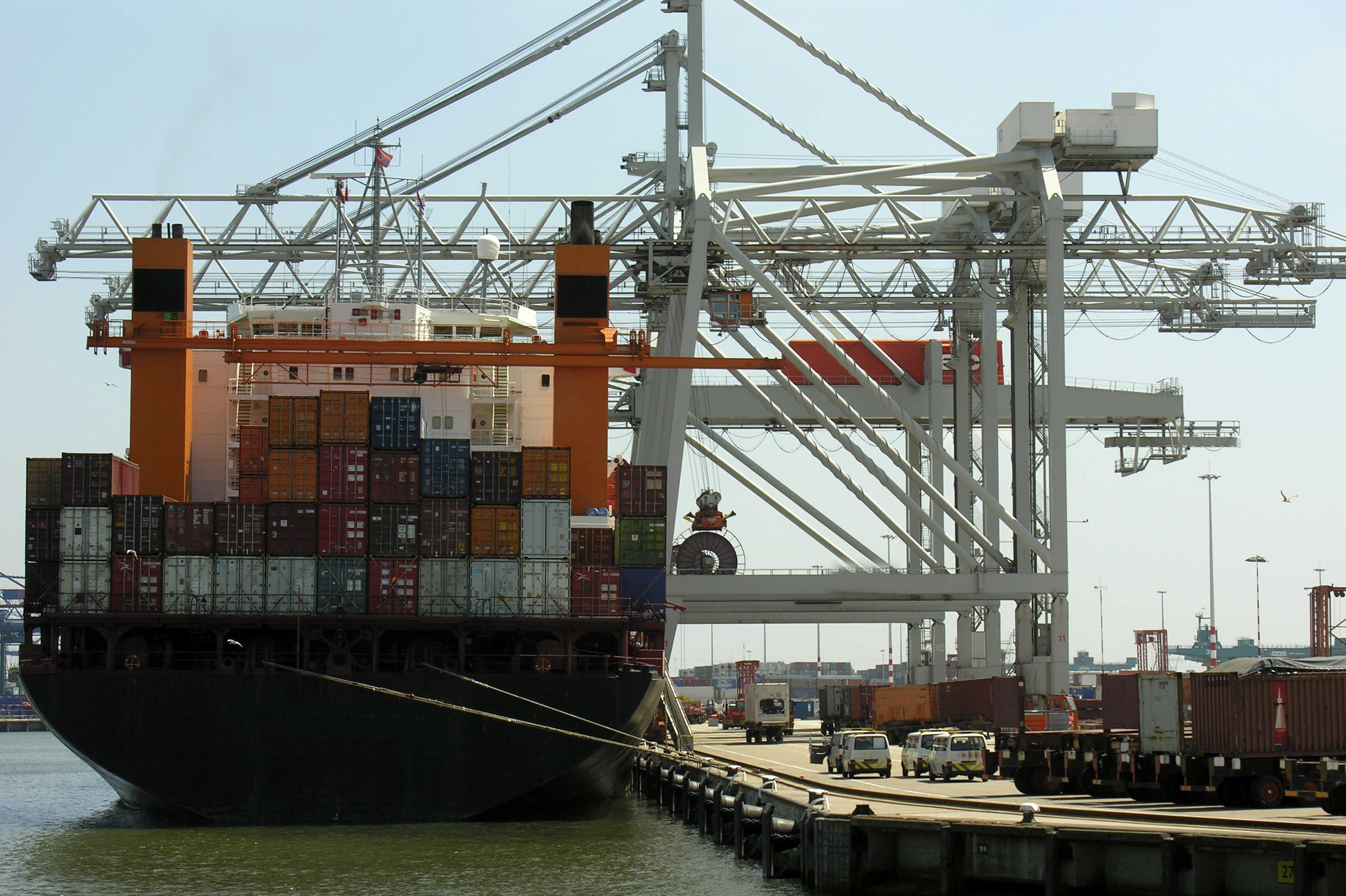The container shipping industry is an almost ‘perfect competition’ market, and there are very limited opportunities to earn a premium over the market rates by providing a superior product. Therefore, adjusting the freight rates according to market conditions is crucial for ocean carriers in order to stay profitable and expand their market shares at the same time. However, like most of the competitive industries, reduced rates are also possible in the shipping industry in return for an undertaking to provide a larger volume of business, and carriers control this balance between the volume and rates by signing yearly contracts with the shippers.
Naturally, negotiating these contracts for a certain rate level is a complex matter. Numerous ocean carriers provide their services in a wide range of trade lanes and the nature of these lanes makes each carrier’s service unique. There are special rules and surcharges applied to different routes, and sometimes, the calculations can be too complicated.
To understand the structure of these contracts, we first need to understand the components of ocean freight pricing. Besides countless of geographical and financial variations, we can list four major factors that determine the freight rates:
- Fuel Prices: As you may guess, one of the major cost items for any type of transportation company is fuel. There is a constant volatility in oil prices and carriers are heavily affected by these fluctuations too. Therefore, they reflect these ups and downs onto their freight prices.
- Seasonal Demand: The second major factor is the inequality of demand through the year. For example, time period after December is typically the slow season for the trade from China, and there is an upsurge from mid-January through early February to beat the Chinese New Year deadline. From May through November is usually the peak season, where the carriers raise their rates with GRI (general rate increase), and PSS (peak season surcharge).
- Shipping Cycle: Shipping cycle is all about the balance between supply and demand. The current cycle has started a decade ago with a shortage of ships and an increase in the freight rates. Thus, carriers invested in their fleet, but the global trade did not grow as they expected. Consequently, this imbalance caused a major rate decrease for the past year.
- Profit Motive: The last factor in our list is the profit motive. As in any types of business models, the main purpose of a business is to generate profit and continue their existence. Therefore, the market will attempt to implement increases in the rates, whenever there is an opportunity.
As we are talking about the contract negotiations in this article, our main focus will be the shipping cycle and profit motive of the carriers.
How will contract negotiations play out in 2017?
For the upcoming year, shippers and carriers have already opened the page for contract negotiations against a background of higher spot rates than a year ago. In fact, the last quarter of 2016 has been quite good for the carriers. It was mainly because of Hanjin’s bankruptcy, as it drove oversupply in the market to undersupply almost instantly, and average spot rates climbed by %50 in the same quarter.
However, this uptrend on rates turned out to be another profit motive. Ocean carriers took advantage of ‘Hanjin Effect’ and used this panic wave to manipulate the market. Today’s data is showing that prices are already trending down, meaning the Hanjin Effect is fading and there is still an issue of overcapacity. Although it is a little more balanced now, it is still pushing the rates down. On top of that, there will be another 1.7 million TEU added to current capacity with the new orders of ‘Ultra Large Container Vessels’ (ULCV) hitting the water in 2017.
Even though it is still too early to predict the containerized freight market for 2017, analysts agree that there will be an uncertainty through the year. On the other hand, some of the maritime research firms like Drewry believes that the corner has been turned and there had been a significant correction of freight rates which will remain on a similar level for the upcoming year.
At MTS Logistics, we have been making it very easy for our clients to reduce logistics expenses and eliminate their dreaded daily shipping tasks.
With over 15 service contracts with all major ocean carriers, MTS will provide you access to multiple shipping options for your ocean and air shipments. You will be able to filter these options and optimize your logistics expenses based on your pricing, routing or transit time needs.
Our clients always receive personalized service from us and have the ability to shape it as they see fit. Our logistics account managers are highly trained to specifically provide A-to-Z shipping service. Starting from today, you can let our Logistics Managers handle your daily shipping tasks.
MTS offers state of the art online tools and platforms. Our clients have online visibility from the booking stage until delivery at your door. Clients can approve and view bookings and even switch carrier or pricing options. Invoices, arrival notices and more can be viewed and printed out with one easy click.
MTS holds an ISO 9001:2008 Certification. What this means to our clients is that we work with certain standardized procedures to achieve consistent and high quality service. You can trust us with your cargo while keeping your peace of mind. Only five percent of the industry can hold this type of service certification. We work with industry leaders and have excellent references.
MTS is financial strong and stable, graded A+ through Dun & Bradstreet. Today’s volatile shipping industry it is a must to work with companies that are financially sound. At MTS there are no rooms for unpleasant surprises.
Call us today at 212-594-3117 or e-mail us at [email protected] to find ways to reduce your logistics cost and eliminate your shipping tasks today.




